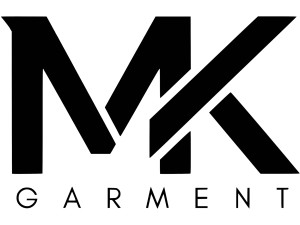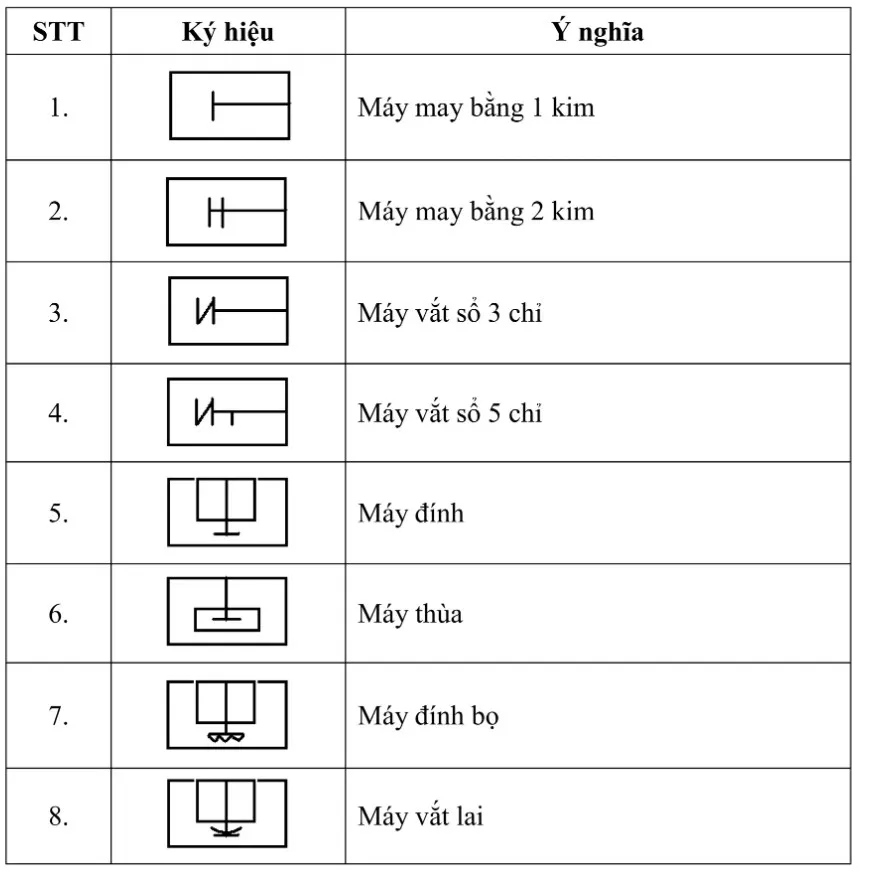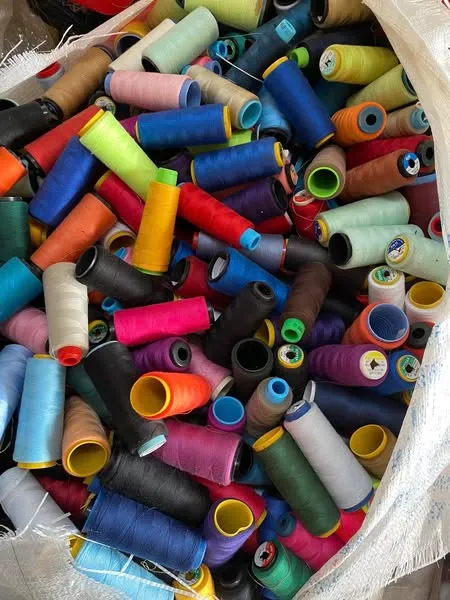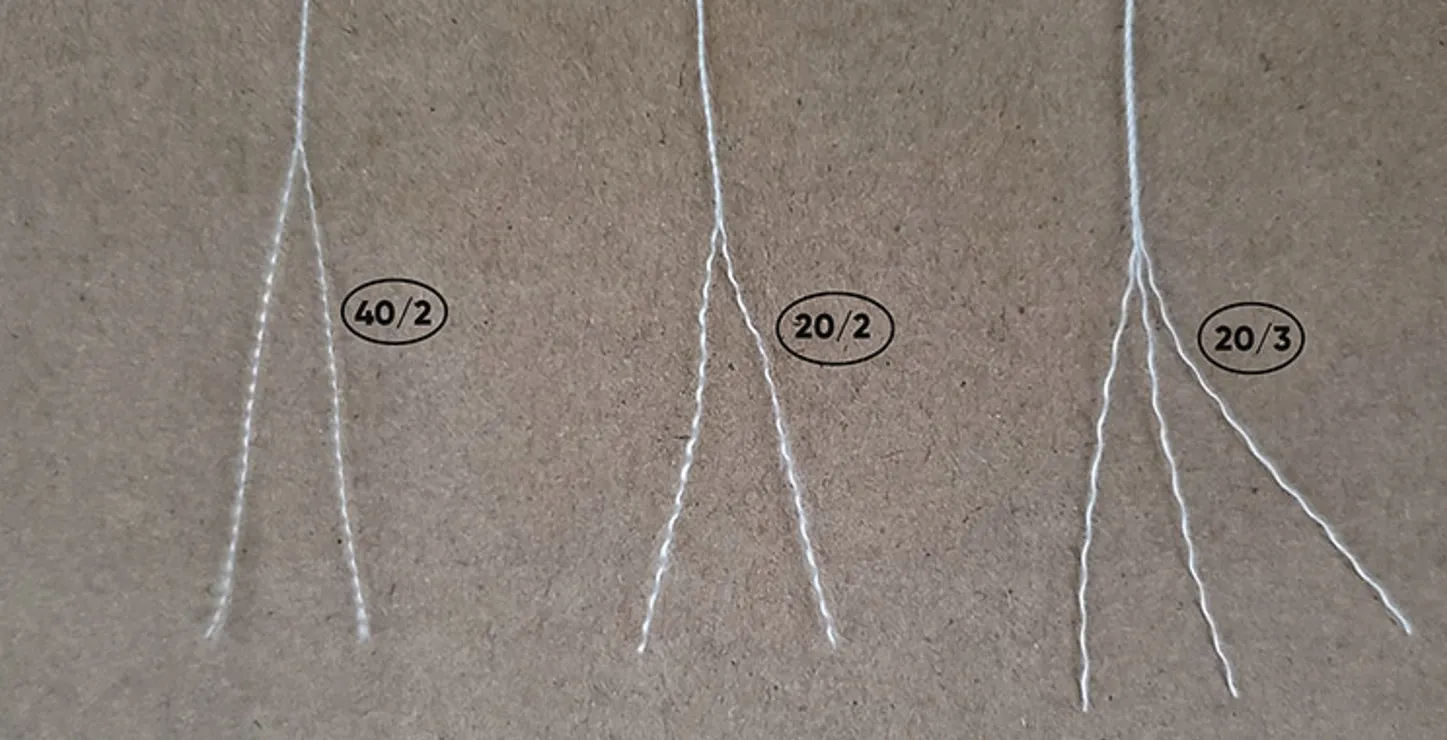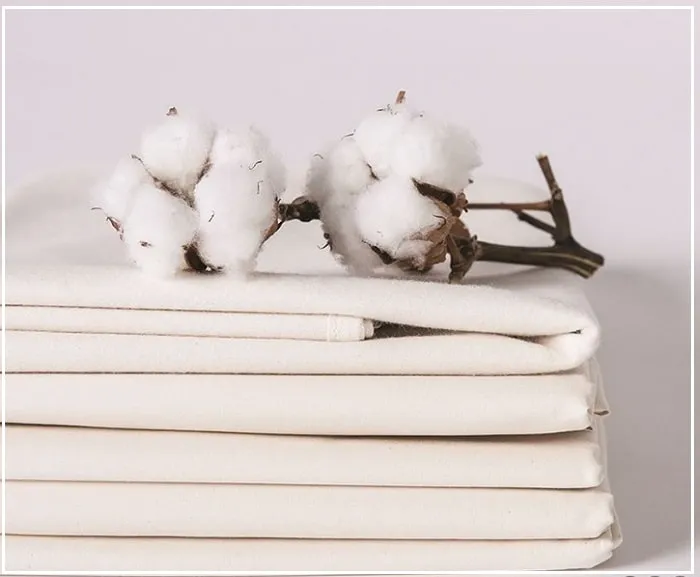
In the garment industry, fabrics made from cotton are everywhere — but not all cotton fabrics are the same. Knowing the different types of cotton fabrics, their benefits and drawbacks, and how best to use them can help you make smarter choices for production, product quality and cost-effectiveness. Below is a comprehensive guide.
What Is Cotton Fabric?
Cotton fabric is created from cotton fibres harvested from the cotton plant. These natural fibres can be spun and woven (or knitted) into fabric. Many times, pure cotton is blended with synthetic fibres (such as polyester or spandex) or modified through finishing processes to give additional performance characteristics. Because cotton originates from a natural source, cotton fabrics tend to be breathable, absorb moisture well, feel comfortable against the skin, and are widely used in many garment categories.
Classification of Common Cotton Fabrics (with pros & cons)
Cotton is one of the most beloved materials in the textile world. Yet not all “cotton fabrics” are created equal. Each variety has its own structure, comfort level, and durability that make it fit for different purposes. Understanding these differences helps you choose better fabrics, improve quality, and save costs. Let’s explore each popular type of cotton fabric and learn how to use them wisely.
100% Cotton (Pure Cotton)
Pure cotton fabric is made entirely from natural cotton fibres without any synthetic additives. It’s the kind of material most people imagine when they think of “soft, breathable cotton.” Because it’s free of plastics or polyester, it offers a wonderfully natural touch and allows air to flow easily through the fibres. This makes it perfect for tropical or humid climates where the skin needs to breathe. However, its natural quality also means it wrinkles easily and can shrink if not properly pre-treated.
Pros:
- Very soft, gentle on skin, suitable for all ages—even babies.
- Excellent breathability and moisture absorption.
- Natural, biodegradable, and eco-friendly.
Cons:
- Prone to wrinkling and shrinking after washing.
- Takes longer to dry compared with synthetics.
- Usually costs more than blended fabrics.
Smart Applications:
Ideal for daily wear like t-shirts, baby clothes, bedsheets, pajamas, and summer outfits that require comfort and freshness.
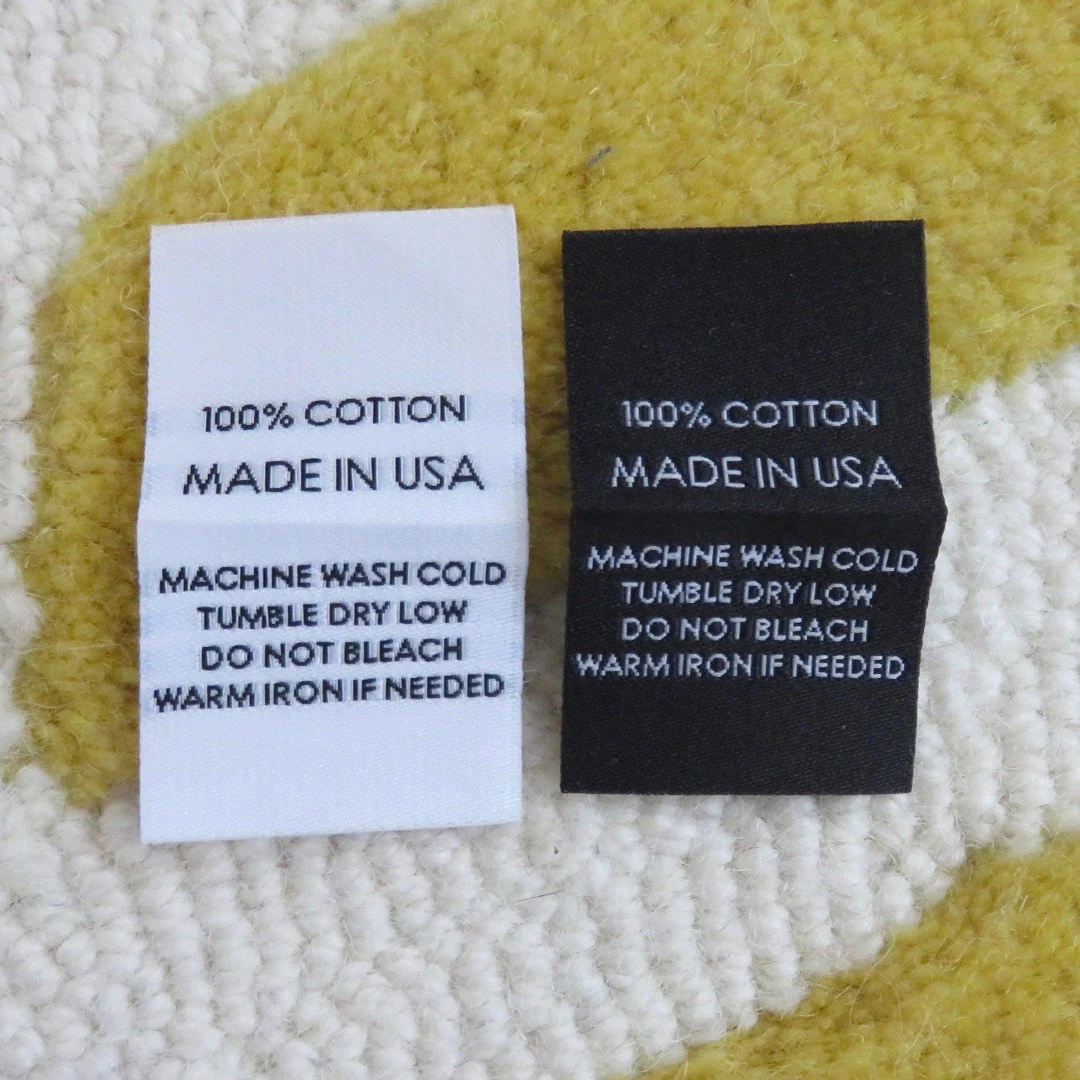
CVC Fabric (65% Cotton – 35% Polyester)
CVC stands for Chief Value Cotton—a fabric that blends the comfort of cotton with the strength of polyester. It typically contains around 65% cotton and 35% polyester. The goal is to keep the softness and breathability of cotton while improving wrinkle resistance and lifespan. This combination makes it a favorite for factories producing uniforms or affordable everyday clothing. It’s also more stable in washing and easier to care for than pure cotton.
Pros:
- More durable and wrinkle-resistant than pure cotton.
- Maintains shape and color longer after multiple washes.
- Lower cost while keeping a pleasant cotton feel.
Cons:
- Slightly less breathable than 100% cotton.
- May feel warmer when worn in very hot conditions.
- Not as soft as fully natural fibres.
Smart Applications: Best used for work uniforms, school uniforms, casual shirts, and family clothing that need daily washing and durability.
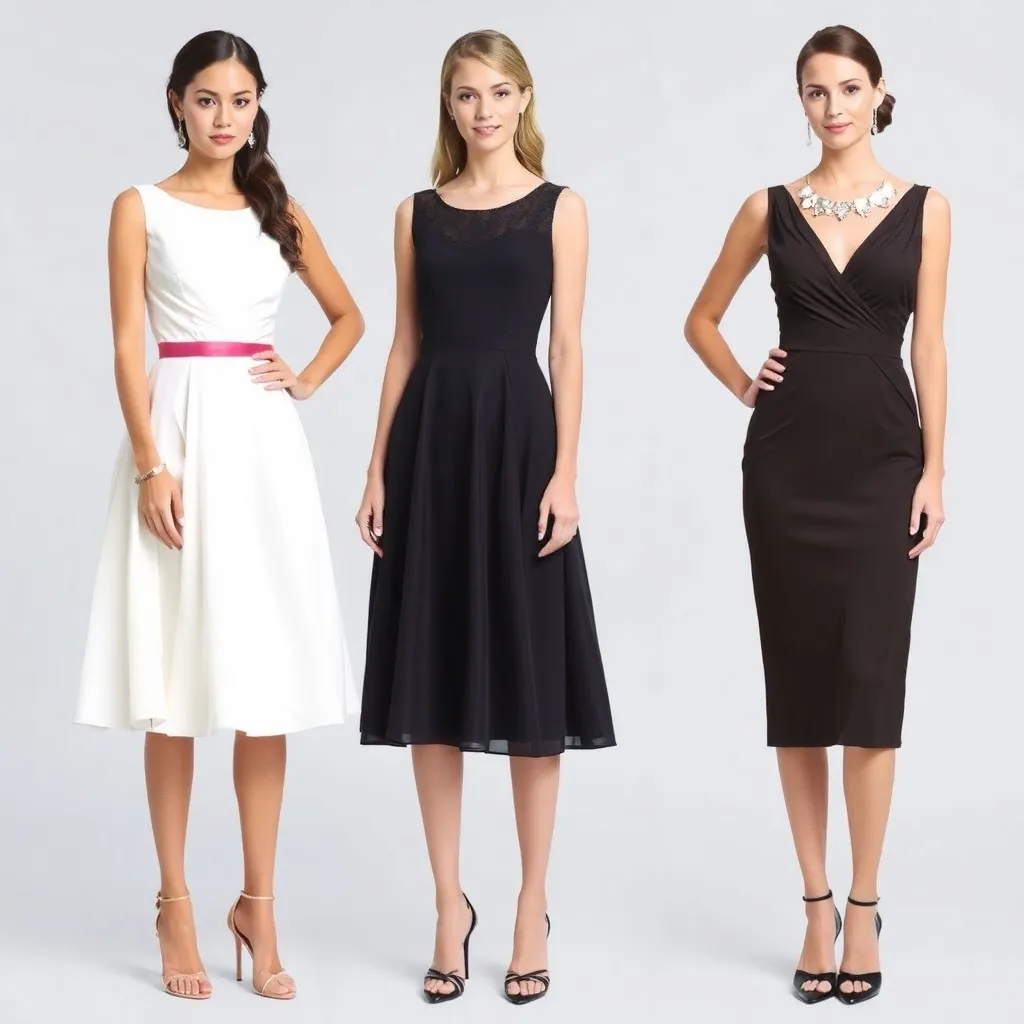
T/C Fabric (35% Cotton – 65% Polyester)
T/C fabric flips the ratio of CVC: it contains more polyester than cotton. This makes it more resistant to stretching, shrinking, and fading—perfect for long-term use in affordable products. Although the fabric feels a little less “natural,” it’s easier to iron and keeps its shape well. It’s widely used in industrial, hotel, and service uniforms that face tough washing conditions. Because of its affordability and durability, it’s one of the most practical blends in large-scale garment manufacturing.
Pros:
- Very strong and holds shape well.
- Resistant to shrinking, fading, and wrinkling.
- More budget-friendly for mass production.
Cons:
- Less breathable and may feel less soft on the skin.
- Can cause static cling in dry weather.
- Absorbs less moisture, making it slightly warmer to wear.
Smart Applications: Ideal for workwear, lining fabrics, promotional t-shirts, and budget-friendly uniforms where toughness matters more than comfort.
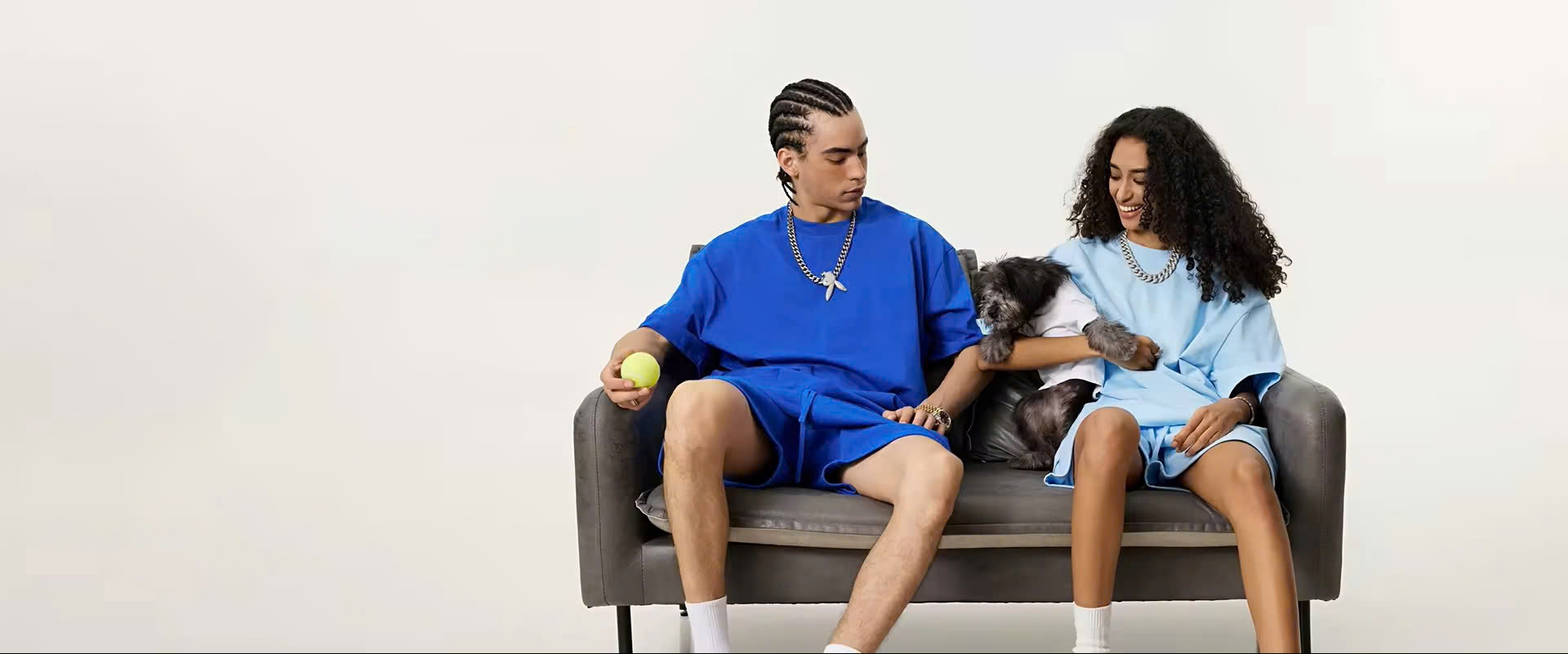
Cotton Satin (Fine-Weave Cotton with Glossy Surface)
Cotton satin is a luxurious version of cotton that uses a satin weave to produce a soft sheen on the surface. It still contains natural cotton fibres but feels smoother, denser, and more refined. The satin weaving method makes light reflect gently, giving garments a classy look without sacrificing comfort. People love it for premium clothing and bedding because it combines everyday practicality with an elegant, silky touch. It’s a favorite choice when you want something both comfortable and visually polished.
Pros:
- Smooth, glossy, and luxurious appearance.
- Breathable while feeling silky on the skin.
- Looks elegant, ideal for premium apparel.
Cons:
- Can wrinkle more than synthetic satin.
- Requires careful washing and ironing.
- Slightly higher production cost.
Smart Applications: Perfect for dress shirts, blouses, wedding bedding, and elegant fashion pieces needing both comfort and shine.

Cotton Silk Blend (Cotton + Natural Silk)
Cotton-silk fabric is a premium blend that brings together the softness of cotton and the sheen of silk. The cotton fibres make it breathable and comfortable, while silk adds a graceful drape and luxury finish. The combination creates a balanced fabric that’s light, smooth, and elegant without feeling heavy. It’s commonly used in higher-end fashion and cultural garments that demand both practicality and beauty. This blend delivers sophistication while still keeping the ease of cotton care.
Pros:
- Soft, cool, and beautifully smooth texture.
- Has a natural sheen from the silk content.
- Feels elegant yet breathable.
Cons:
- Needs delicate care (hand wash or low-temperature washing).
- Costs more than ordinary cotton fabrics.
- Not as strong as polyester blends.
Smart Applications: Used in traditional outfits, elegant dresses, men’s shirts, scarves, and other high-end fashion pieces.
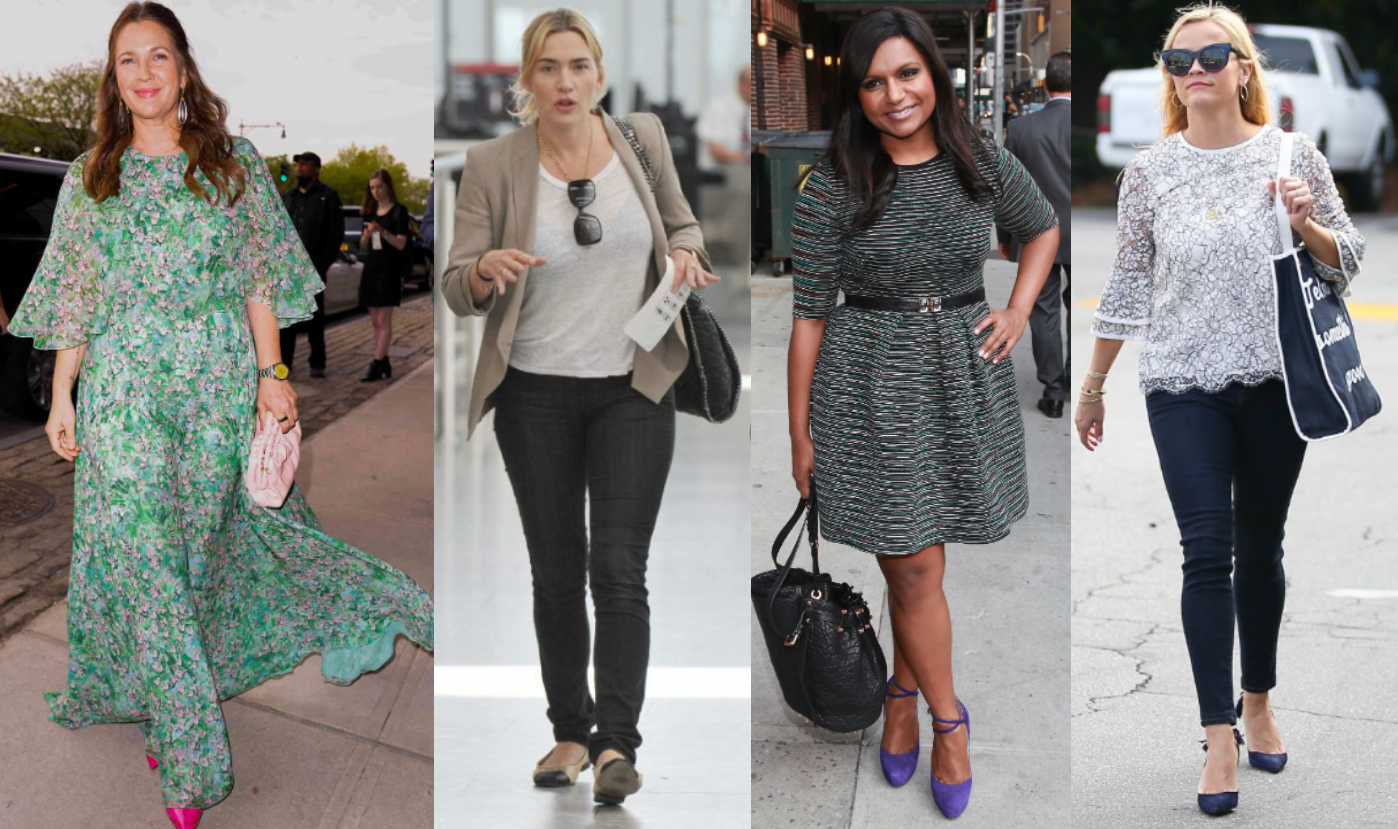
Cotton Velvet (Soft Pile Cotton Fabric)
Cotton velvet is a plush, rich-feeling fabric made by weaving fine cotton yarns and creating a short, soft pile on the surface. It’s known for its warm texture and gentle shine. Although heavier than normal cotton, it’s soft to the touch and has a luxurious look. This makes it ideal for winter garments or interior decor where comfort and appearance both matter. Despite its premium image, it’s still breathable because the base fibre is cotton.
Pros:
- Soft, warm, and comfortable.
- Elegant and rich surface texture.
- Natural breathability compared to synthetic velvets.
Cons:
- Slightly heavier and thicker, not for hot climates.
- Attracts dust easily and requires careful maintenance.
- Can lose pile or flatten over time.
Smart Applications: Used for jackets, dresses, coats, cushions, and decorative upholstery.
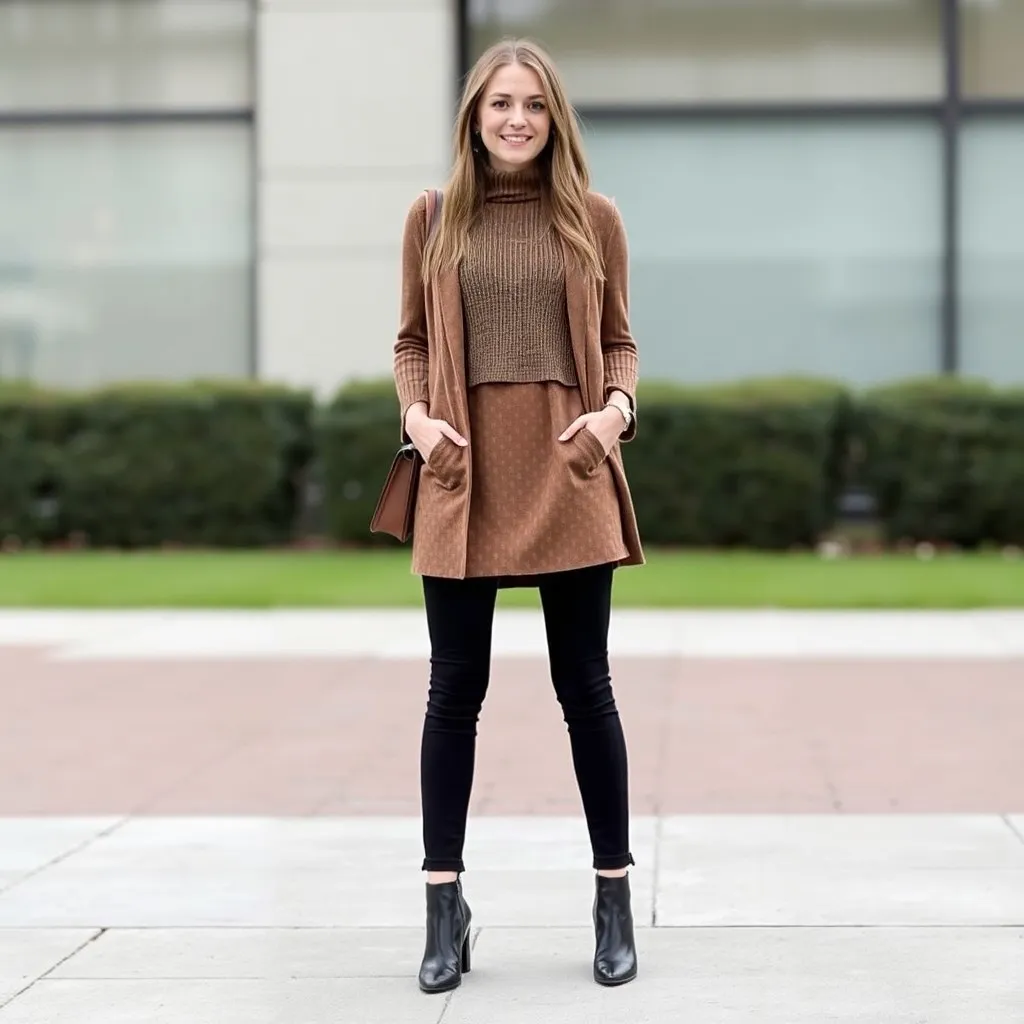
Stretch Cotton (Cotton + Spandex / Elastane)
Stretch cotton is a modern innovation that combines cotton’s comfort with spandex’s elasticity. By adding a small percentage (2–5%) of spandex, the fabric becomes flexible and returns to shape easily after movement. This makes it perfect for clothing that needs to stretch — jeans, sportswear, or fitted office wear. It gives you the breathability of cotton with the freedom of motion of activewear. The result is everyday comfort that still looks neat and stylish.
Pros:
- Stretches easily, provides comfort during movement.
- Retains shape after washing or long wear.
- Smooth texture and neat appearance.
Cons:
- Can lose elasticity after many washes.
- Slightly less breathable than pure cotton.
- More expensive than basic cotton.
Smart Applications: Ideal for jeans, leggings, sportswear, fitted shirts, and uniforms requiring flexibility.
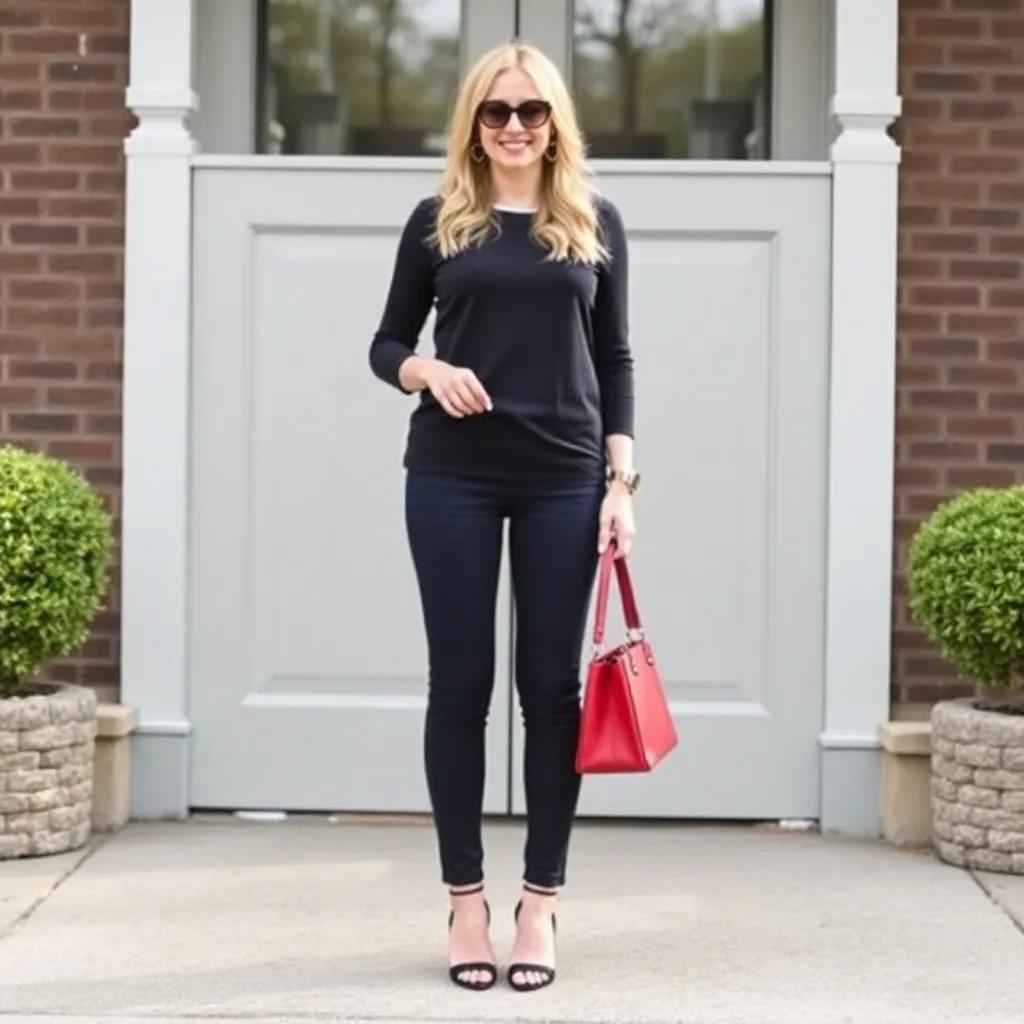
Functional Cotton (“Cool”, Dry, or Water-Resistant Finishes)
Functional cotton refers to cotton fabrics that have been specially finished or treated to perform extra tasks — like moisture-wicking, cooling, or water-repelling. These advanced finishes make cotton more suitable for modern lifestyles. For instance, “cool cotton” keeps your body comfortable on hot days, while “dry cotton” dries faster after washing or sweating. Some functional cottons even include UV protection or antibacterial properties. These innovations allow natural cotton to compete with high-tech synthetic fabrics while staying eco-friendly.
Pros:
- Offers extra comfort features such as quick-dry or cool-touch.
- Keeps wearer fresh even in hot or humid environments.
- More sustainable option compared to 100% synthetics.
Cons:
- May lose function over time if finish wears off.
- More expensive to produce.
- Requires gentle washing to preserve coating.
Smart Applications: Used for activewear, outdoor wear, travel clothing, and performance uniforms that demand both comfort and practicality.
Final Word / Conclusion
Cotton fabrics come in many forms—from soft, breathable 100% cotton to innovative blends with modern functions. Each has its own story, advantages, and best uses. The key to choosing wisely is understanding the balance between comfort, durability, cost, and appearance. Whether you’re producing everyday wear, luxury fashion, or industrial uniforms, the right cotton fabric can make all the difference. Smart selection leads to better quality, happier customers, and more sustainable production.
